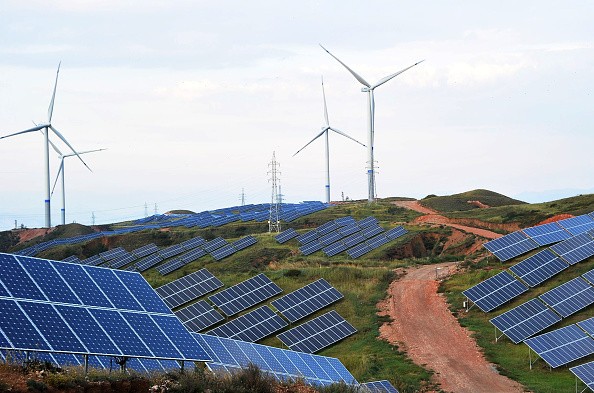According to the sixth and final study of the National Renewable Energy Laboratory's (NREL) Electrification Futures Study (EFS), Operational Analysis of U.S. Power Systems with Increased Electrification and Demand-Side Flexibility, demand flexibility has a high value in sustaining a highly electrified, renewables-based U.S. power system.
The EFS was established in 2017 to investigate the possible effects of extensive electrification across all economic sectors in the United States, including commercial and residential structures, transportation, and industry.
NREL Analysis

NREL analysts employed first-of-a-kind national-scale simulations of U.S. power system hourly operation, operational costs, and emissions to explore the connections between varying degrees of electrification, demand-side flexibility, and renewable energy deployment in the study's final phase, which included data, assumptions, and conclusions from the previous steps.
EFS researchers looked at hourly power system performance without demand-side flexibility to see if electrification - including the changes in yearly energy demand, hourly demand, operating reserve needs, and capacity mix that come with it - has an influence on the grid's ability to supply load or operating reserves.
Future Power System

Simulations demonstrate that the EFS-envisioned future power systems can service approximately 100% of the load and 100% of the operational reserves with no demand-side flexibility, even on the days with the greatest netload. Energy storage is necessary for all circumstances to balance the load and offer operating reserves without demand-side flexibility. To accommodate rising electrified demand, improved power transfer capabilities between regions are also required.
Renewable energy curtailment rises in all situations, especially when electrification is significant; nonetheless, models show that curtailment can enhance system flexibility by enabling optimal dispatch and grid services.
Electrification

Electrification, according to several studies (including prior EFS research on the possible implications of widespread electrification), might boost demand-side engagement in power system planning and operations. NREL researchers put the theory to the test in the last part of the EFS by looking at how flexible loads influence system operations due to electrification.
They discovered that by adjusting the schedule of power demand, demand-side flexibility may supply energy services. Demand-side flexibility may also offer running reserves throughout the year, eliminating the requirement for other generators to provide these critical grid services, such as natural gas plants and storage.
Demand Flexibility
In scenarios with the most demand-side flexibility, increasing demand-side flexibility decreases the number of low-load hours for fossil fuel generators and the number of starts and shutdowns for natural gas generators, resulting in yearly operational cost savings of up to $10 billion.
The EFS researchers discovered that demand-side flexibility - mostly from optimal car charging and flexible operations of end-use equipment in buildings and industries - can help mitigate the constraints of running a highly electrified power system with high amounts of variable renewable energy.
Flexibility may help the grid stay balanced during times of stress by adjusting the load to match wind and solar supply, minimizing the risk of unserved energy and renewable curtailment. Flexible electric car charging and solar power have a solid complementing connection. Electrification can lead to higher wind and solar curtailment in the absence of demand-side flexibility.
Finally, combining demand-side flexibility with variable renewables can help the energy industry decarbonize. Demand-side flexibility can reduce yearly carbon emissions by 8.3 percent in modeled scenarios with high electrification and high variable renewables by allowing higher use of renewable energy and avoiding fossil fuel usage.
Demand Sectors

Demand sectors may become more dynamic and essential players in power system operations due to extensive electrification. More study is needed in various subsectors and end uses on flexible load functioning, cost, and value. Future studies might analyze the grid dependability of highly electrified systems (nationally and regionally).
For more environmental news, don't forget to follow Nature World News!
© 2025 NatureWorldNews.com All rights reserved. Do not reproduce without permission.





